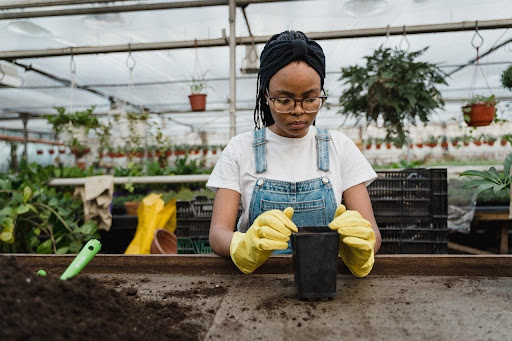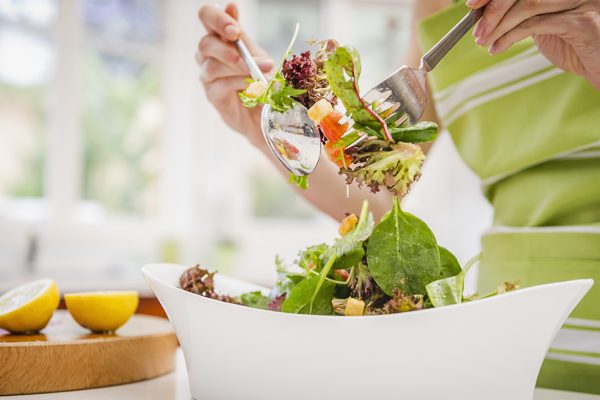With food prices rising to an all-time high this winter, you’ll be paying more than ever to put food on your table. These higher prices will carry well into spring and summer. By then, you might be scraping the barrel of your budget, tapping your savings and dipping into credit. Fight Food Inflation-
Before you do that, try a hand at growing a small vegetable garden in your home. Besides feeling accomplished when you harvest your first vegetable, you’ll be able to eat fresh food for less.
Why Credit Isn’t the Answer- Fight Food Inflation
An online line of credit was never made with your groceries in mind. Grocery bills are constant, expected fixtures in your budget, whereas an online line of credit is designed for unexpected one-off emergencies.
There’s also the issue of interest and billing charges. These are normal additions to the typical online line of credit, but they mean you’ll be paying more for groceries than if you paid out of pocket.
For information on the appropriate uses of a line of credit, you can check out the CC Flow Line of Credit resource page. It breaks down important things about how much a line of credit costs when you use it.
How to Start a Vegetable Garden on a Budget
Growing your own vegetables and fruits has the potential for serious savings. But how much you wind up saving depends on your approach.
Follow these tips to ensure you’re not overspending.
1. Research, Research, Research
A weed can grow almost anywhere. Vegetables, on the other hand, need specialized care. Each one is different, so look up the care instructions for the seeds you want to grow.
Stick to simple vegetables like these, making sure you actually enjoy eating them. There’s no point in growing veg if it all goes to waste.
2. Grow from Table Scraps
A scrap garden is the easiest and cheapest way to start growing, and it’s a great way to test out your green thumb. You can use scraps from green onions, celery, and lettuce to grow more food without any seeds.
3. Find a Seed Swap
If you can’t find the seeds you want at the prices you need, go online to find other gardeners in your community. There’s bound to be a seed swap where you can start your garden for free.
4. Set up in a Sunny Corner
Your garden needs sun and heat to grow properly at any time of the year. If you don’t have a sunny room naturally, you may have to invest in UV grow lamps.
Trapping heat in the winter is easier when you purchase a glass greenhouse, but you can use plastic instead. Plastic will trap in heat almost as well as glass for a fraction of the price.
5. Buy Wisely
If you need pots, trowels, or other tools, get them second-hand. Barring that, the dollar store should have these items for less than a gardening store. As for compost and soil, check in with a local farmer to see if they are willing to sell or trade.
Feeding your family is harder than ever — whether you have four kids or it’s just you and your pet budgie. But there’s a better way than using a line of credit, and the answer is your green thumb. Sow the seeds now to yield big savings later.





